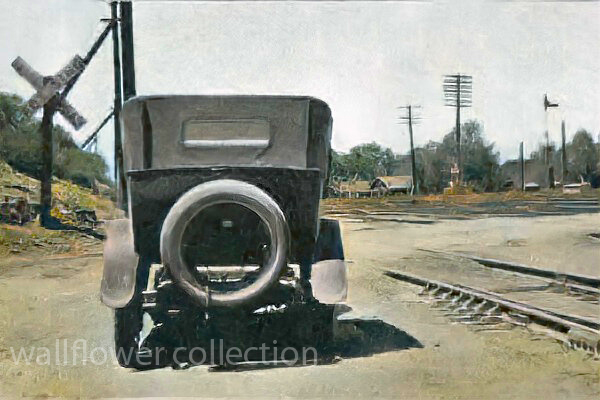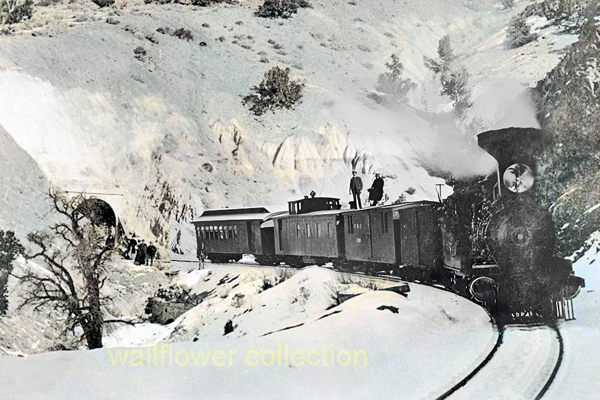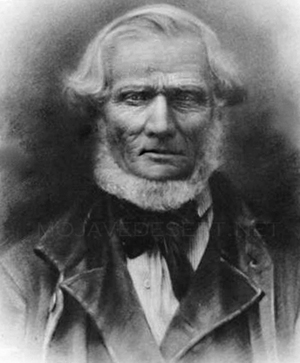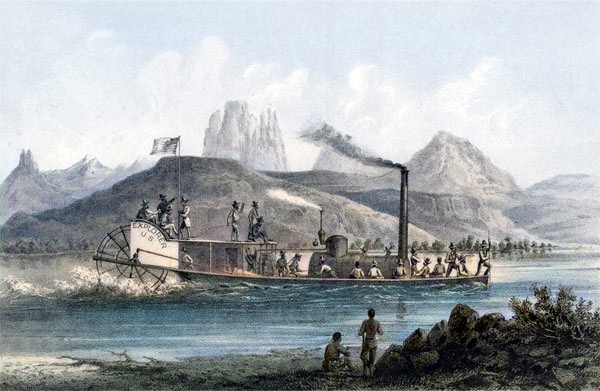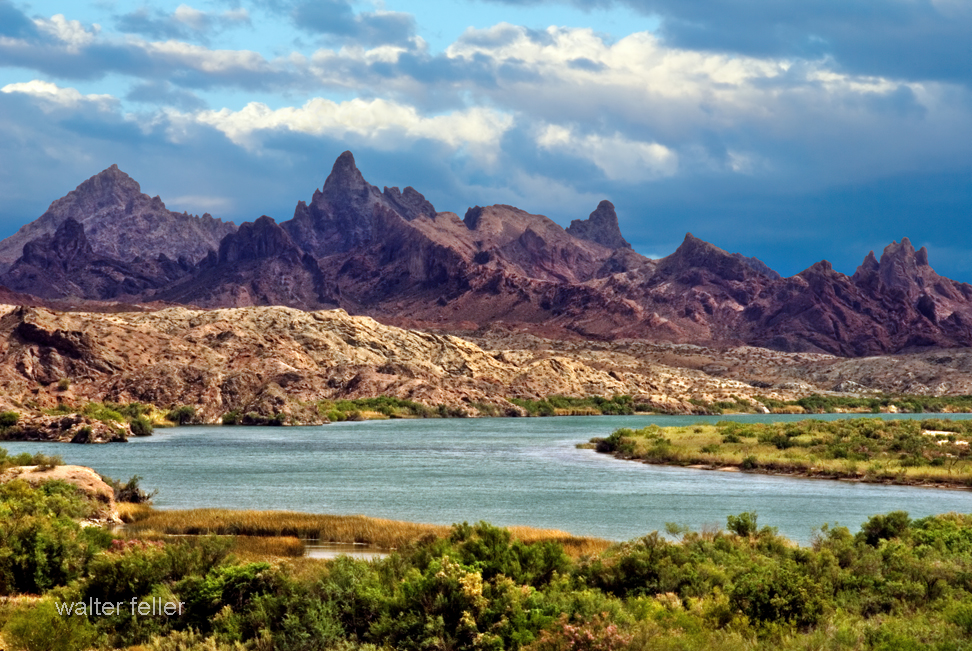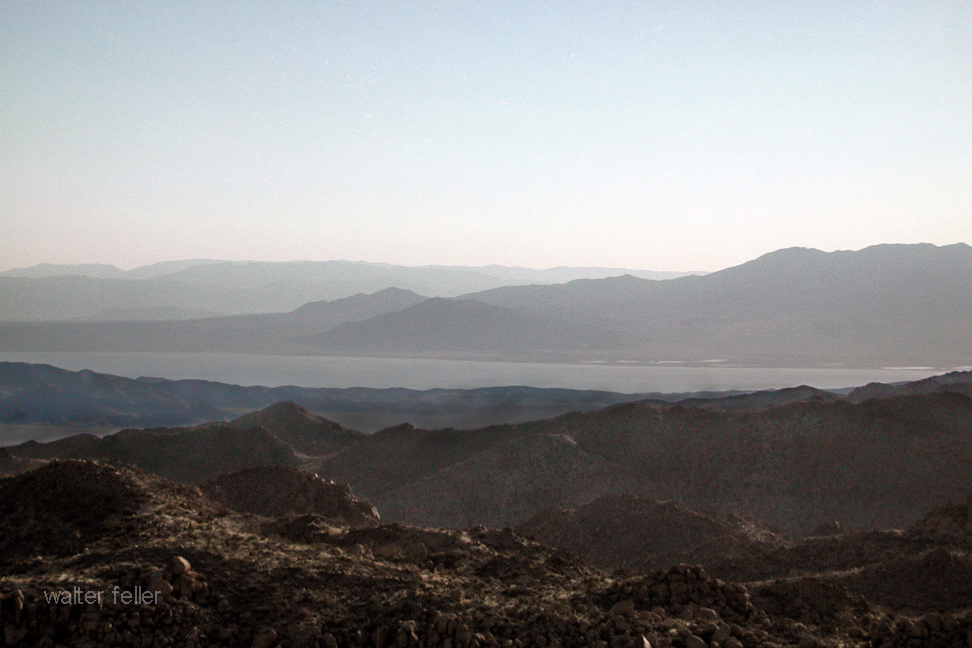
Salton Sea view from Mastodon Peak
The Salton Sea, located in the Colorado Desert of Southern California, is a fascinating and complex body of water with a rich history shaped by both natural and human influences. Here’s an overview of its history:
Prehistoric and Early History
- Ancient Lake Cahuilla:
- The Salton Sea’s basin has intermittently held water for thousands of years. The area was once part of Lake Cahuilla, a massive freshwater lake that existed during prehistoric times and was periodically filled by the Colorado River.
- Native American tribes, such as the Cahuilla and Kumeyaay, lived around the lake and utilized its resources.
Formation of the Modern Salton Sea
- 1905-1907: Creation:
- The modern Salton Sea was created by accident in 1905 when engineers working on irrigation canals for the Imperial Valley inadvertently diverted the entire flow of the Colorado River into the Salton Sink.
- For nearly two years, the river flowed unchecked into the basin, filling it and creating the Salton Sea.
20th Century Development
- Agricultural Hub:
- The region around the Salton Sea became a vital agricultural area due to the fertile soil and irrigation from the Colorado River.
- Runoff from these agricultural activities has been a major source of water for the Sea.
- Mid-20th Century: Recreation Boom:
- In the 1950s and 1960s, the Salton Sea became a popular recreational destination, often referred to as a “miracle in the desert.”
- Resorts, marinas, and yacht clubs flourished, attracting celebrities and tourists for boating, fishing, and other water activities.
Environmental Challenges
- Rising Salinity and Pollution:
- Over time, the Salton Sea’s salinity increased due to evaporation and lack of freshwater inflow: agricultural runoff containing fertilizers and pesticides further degraded water quality.
- The increasing salinity began to harm fish populations, leading to mass die-offs and the collapse of the once-thriving fishing industry.
- Health and Environmental Concerns:
- The drying of the Salton Sea has exposed toxic dust from the lakebed, posing health risks to surrounding communities.
- The ecosystem has been severely impacted, with significant losses of fish and bird populations that once thrived in the area.
Modern Efforts and Challenges
- Restoration Efforts:
- Numerous efforts have been proposed and some initiated to address the Salton Sea’s environmental issues. These include water management projects, habitat restoration, and dust suppression measures.
- California state agencies and environmental groups continue to work on strategies to mitigate the ecological and health impacts.
- Ongoing Challenges:
- Despite these efforts, the Salton Sea remains a critical environmental challenge. Balancing agricultural needs, wildlife conservation, and public health concerns continues to be a complex and contentious issue.
The history of the Salton Sea is a testament to the intricate interplay between human activities and natural processes. It serves as a poignant reminder of the consequences of environmental mismanagement and the ongoing need for sustainable solutions.
